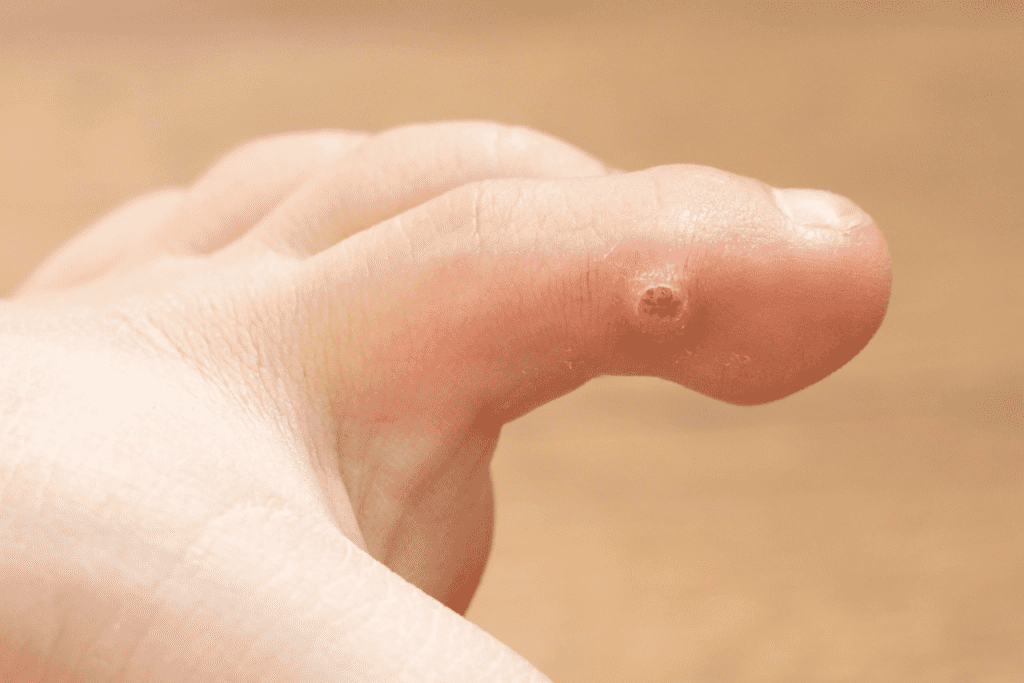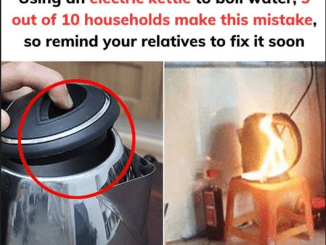Warts are a pesky skin condition that can catch you off guard, appearing seemingly out of nowhere. Caused by the human papillomavirus (HPV), warts affect millions of people, making them a common dermatological issue. While warts are typically harmless, they can be uncomfortable, unsightly, and contagious. This has led many individuals to take matters into their own hands, attempting to remove warts at home.

However, before you reach for those DIY methods, it’s essential to understand that removing warts on your own can lead to a series of complications, including infections, scarring, and even spreading the virus further. So, what should you be doing instead? Let’s dive into why self-removal isn’t the best option and explore safer, more effective alternatives.
What Are Warts and How Do They Form?
Warts are small, non-cancerous growths that develop on the skin when the human papillomavirus (HPV) infects the outer layer of the skin. Although there are more than 100 different strains of HPV, only a handful are responsible for causing warts. The virus usually enters the skin through cuts, scratches, or other breaks in the skin’s barrier, and warts can take weeks or even months to become visible after exposure.
The most common types of warts include:
- Common warts: Usually found on hands and fingers.
- Plantar warts: Develop on the soles of the feet.
- Flat warts: Smaller and smoother, often occurring on the face or legs.
- Genital warts: Appear in the genital area and are sexually transmitted.
While warts can appear anywhere on the body, they tend to thrive in areas that experience frequent friction or moisture, like hands, feet, or areas where skin rubs together. Once warts develop, they can persist for months or even years if not treated properly.
Why You Should Avoid Removing Warts at Home
It’s tempting to try at-home remedies when faced with the annoyance of warts. From cutting them off to applying duct tape or acid treatments, the internet is full of DIY solutions that promise quick results. But here’s the catch—removing warts on your own can do more harm than good.
1. Risk of Infection and Scarring
Attempting to remove warts by cutting or scraping them off can lead to open wounds, which in turn can become infected. Without sterile tools and proper care, bacteria can enter the exposed area, leading to painful infections. Moreover, scarring is a common outcome of self-removal attempts, leaving you with more than just a wart to deal with.
2. Warts Can Spread
HPV is highly contagious, and by trying to remove a wart on your own, you risk spreading the virus to other parts of your body or even to other people. Whether through shared towels, razors, or even just touching the wart, the virus can easily be transmitted, resulting in more warts to treat down the line.

3. Ineffective Treatments
Most at-home wart removal techniques aren’t scientifically proven to work, and they often target the symptom (the wart) rather than the root cause (the virus). Over-the-counter treatments might promise results but often fall short, leading to repeated attempts, which can damage the surrounding healthy skin.
What You Should Be Doing Instead
Rather than risking complications, the best course of action is to seek professional advice. Here’s what you should be doing instead of self-removal.
Consult a Dermatologist or Healthcare Provider
The safest and most effective way to deal with warts is by consulting a healthcare provider. A dermatologist can properly diagnose the type of wart and recommend the best treatment option for you. This is crucial, as not all warts are the same, and some treatments may be more effective than others depending on the type and location of the wart.
Explore Professional Wart Removal Treatments
Dermatologists have access to a range of treatments that are far more effective than over-the-counter options. These treatments can remove warts safely while minimizing the risk of infection or scarring. Some common professional treatments include:
- Cryotherapy: Freezing the wart with liquid nitrogen, causing it to blister and eventually fall off.
- Laser Therapy: Using focused light to destroy the wart tissue.
- Prescription Topicals: Stronger, more effective topical medications that can target the virus and remove warts over time.
- Excision: In some cases, warts can be surgically removed by a healthcare professional, ensuring the area is treated correctly.

Avoid Harsh Over-the-Counter Products
While there are countless over-the-counter wart removal products available, they often contain harsh chemicals, like salicylic acid, which can damage healthy skin around the wart. Without proper guidance, using these products can lead to irritation, redness, and even worsening of the condition. It’s always a good idea to consult with a healthcare professional before trying any treatment.
Practice Good Hygiene to Prevent the Spread of Warts
Whether you’re currently dealing with a wart or trying to prevent them from returning, good hygiene is your best defense. Follow these tips to stop warts from spreading:
- Wash your hands regularly: Keeping your hands clean can help prevent the spread of HPV.
- Don’t pick or scratch at warts: This can cause the virus to spread to other areas of your skin.
- Cover warts with a bandage: If your wart is in an area prone to contact, keep it covered to reduce the risk of spreading the virus.
- Avoid sharing personal items: Towels, razors, and other personal items can harbor the virus, so it’s best not to share them if you or someone else has warts.
Boost Your Immune System to Fight Off HPV
Your immune system plays a significant role in whether or not you develop warts. A strong immune system can help your body fight off HPV, making it less likely for warts to form or spread. Here are a few ways to strengthen your immune system:
- Eat a balanced diet: Focus on nutrient-rich foods, including fruits, vegetables, and lean proteins.
- Exercise regularly: Staying active boosts immune function and keeps your body in optimal health.
- Get plenty of sleep: Aim for 7-9 hours of sleep each night to support immune health.
- Manage stress: Chronic stress can weaken your immune system, so practice relaxation techniques to keep stress levels in check.
Conclusion
While it might be tempting to remove warts on your own, it’s always best to seek professional advice. Attempting self-removal can lead to infections, scarring, and the spread of the virus. Instead, consult with a healthcare provider for effective treatment options, and follow proper hygiene practices to prevent further spread. By prioritizing professional care, you can ensure your warts are treated safely and effectively, keeping your skin healthy and clear.


